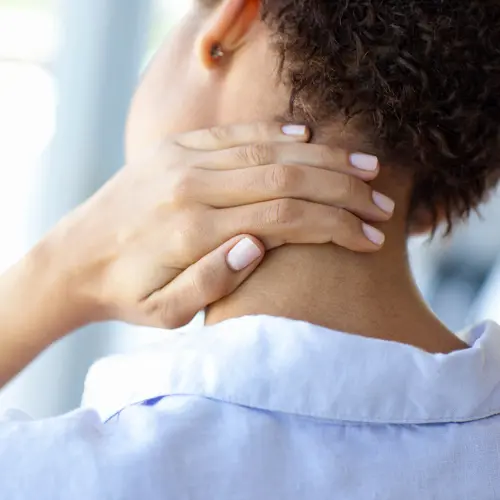Heel bursitis is a common condition that affects runners and other athletes.
What Is Heel Bursitis?
Bursae are small sacs of fluid around different bones and joints in your body. These sacs help cushion your joints and stop your bones from rubbing against each other. Bursitis happens when a bursa becomes irritated.
You have bursae in your heel near your Achilles tendon. Your Achilles tendon attaches your calf muscle to the back of your heel bone. Irritation to your bursae can cause different types of heel bursitis.
Retrocalcaneal bursitis. Your heel bone is called the calcaneus. Retrocalcaneal bursitis means inflammation in the bursa between your Achilles tendon and heel bone. This type is also called ankle bursitis or Achilles tendon bursitis.
Subcutaneous calcaneal bursa. Subcutaneous means under the skin, so this type of bursitis happens between the skin at your heel and your Achilles tendon. It’s also called posterior Achilles tendon bursitis.
What Are the Causes of Heel Bursitis?
Heel bursitis is usually caused by repeated overuse and injury to your heel. It often happens to runners or generally from wearing the wrong shoes. Continually running in tight-fitting shoes or wearing high heels puts pressure on and restricts your heel bone, which can cause inflammation.
Heel bursitis can also affect runners who:
Some inflammatory joint diseases can also cause heel bursitis. These include:
- Rheumatoid arthritis.A type of arthritis where your immune system attacks your organs and joints.
Gout. A type of arthritis that happens when uric acid builds up in your joints.
- Psoriatic arthritis.A type of arthritis that happens to some people who have an autoimmune skin condition called psoriasis.
Ankylosing spondylitis. An inflammatory disease where some bones fuse together over time.
In some cases, you can also get heel bursitis from an infection or from a condition called Haglund deformity, which causes a bony bump on the back of your heel. The bump can put pressure on the bursa between the Achilles tendon and heel. However, most cases are related to exercise, overtraining, and tight shoes.
What Are the Symptoms of Heel Bursitis?
The main symptom is foot and heel pain. As the sacs become irritated and inflamed, pressure and movement hurts.
Other bursitis symptoms include:
- Swelling in your foot or ankle
- Trouble walking
- Pain when you stand on your toes
- Tenderness
- Warm and red skin around your heel
- Crackling sound when you flex your foot
- Trouble wearing shoes
- Pain when you stand
How Is Heel Bursitis Diagnosed?
Your doctor will take your personal history and do a physical exam. They will touch or squeeze your foot and ankle, check for swelling, and observe how well you can move your foot.
They might ask you questions about how much you exercise, what kind of shoes you wear, and if you stand a lot for work.
In some cases, your doctor might order imaging scans like an X-ray to check for bone fractures, or magnetic resonance imaging (MRI) to look for bursa inflammation. However, these tests aren’t usually necessary. Your doctor can often diagnose bursitis just by feeling your foot and talking to you about your symptoms.
How Is Heel Bursitis Treated?
Heel bursitis treatment depends on the cause, but it usually involves resting your foot so it has time to heal. Other treatments can help relieve pain and stretch your Achilles tendon.
Changing your shoes. If you wear high heels, you might need to switch to a medium height shoe for a while. Going straight to flat shoes can sometimes make symptoms worse.
If your running shoes are tight around your ankle, switching to a lower ankle profile or getting new shoes can help. An open back shoe can take pressure off your heel for daily wear, too.
Orthotics. Shoe inserts or insoles help with proper walking form, which can ease irritation on your heel.
Pain relievers. Over-the-counter medications like acetaminophen or a joint and muscle cream can help with pain.
NSAIDs. Known as nonsteroidal anti-inflammatory drugs, NSAIDs like ibuprofen reduce inflammation and pain.
Steroid injections. If your heel bursitis doesn’t get better, your doctor might suggest steroid injections to lower inflammation.
Physical therapy. Exercises to stretch your calf muscle and Achilles tendon might take pressure off your bursae and help with pain.
Rest and ice. When possible, take a break, elevate your foot, and ice it to help lower swelling, inflammation, and pain.
What to Expect
The outlook for heel bursitis is good. Most people get better within a few weeks. Early diagnosis and treatment can help you recover faster. If you have foot and heel pain and think you have heel bursitis, talk to your doctor.

